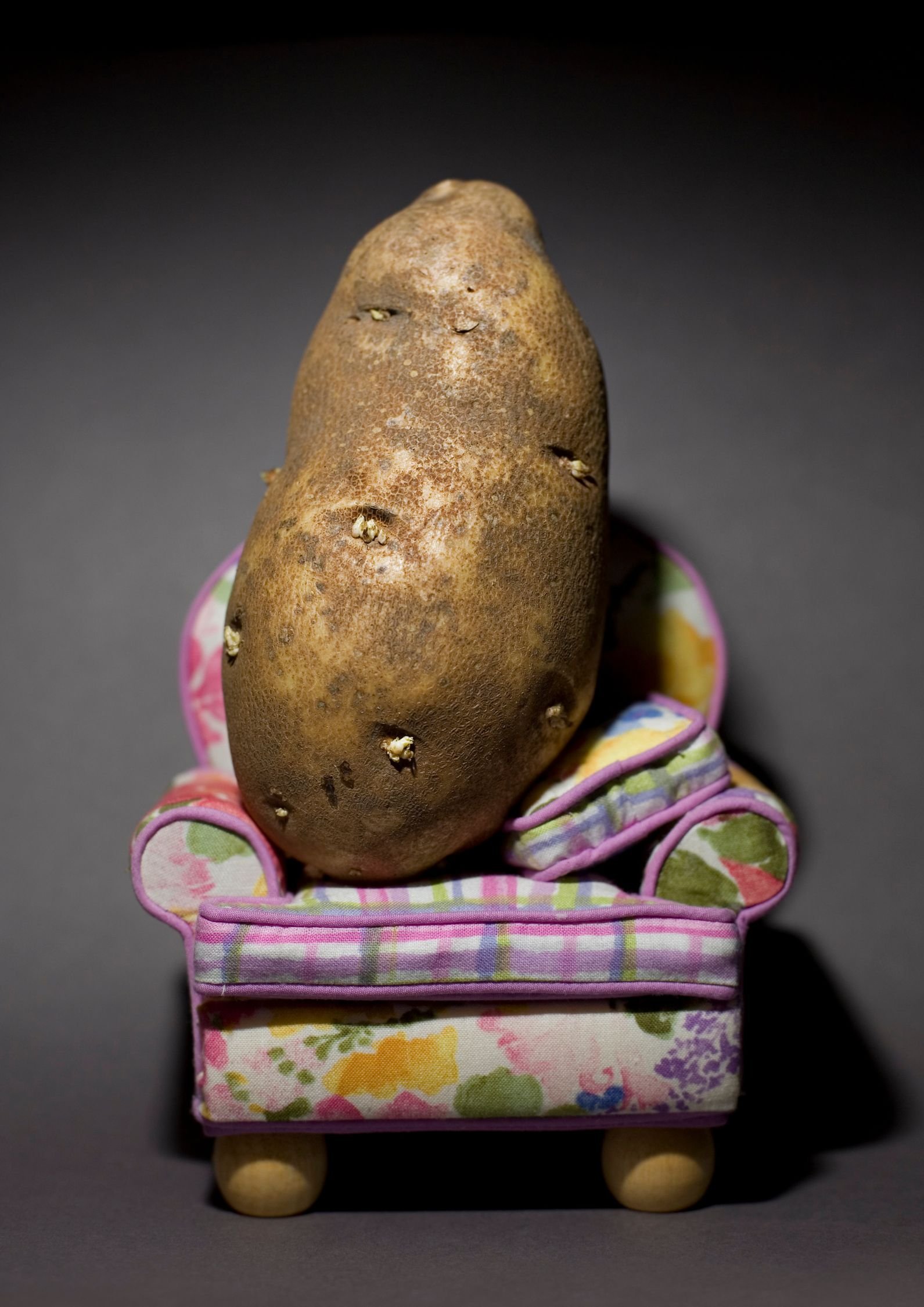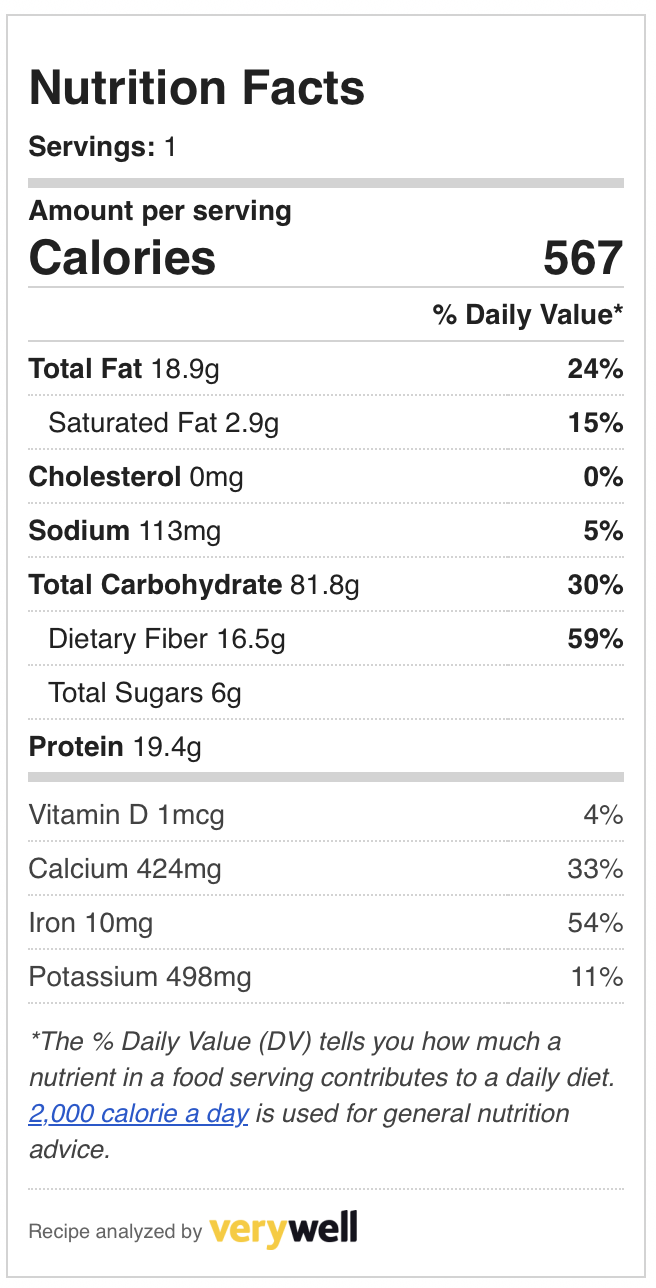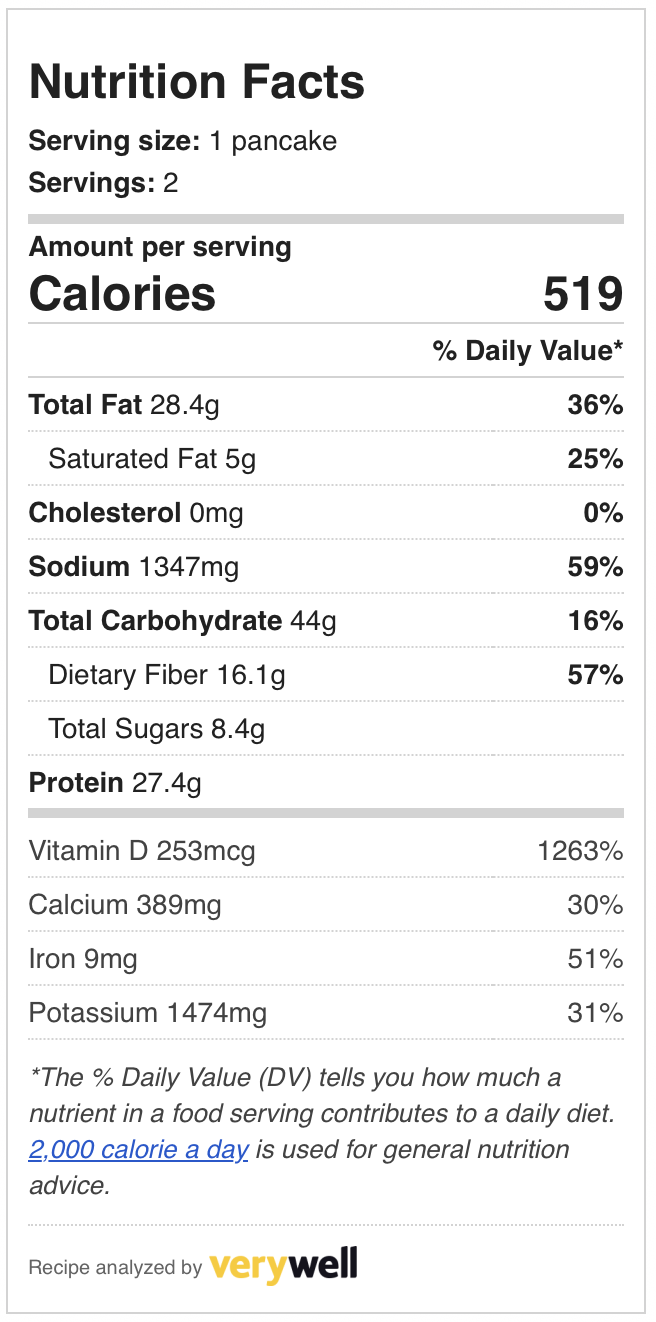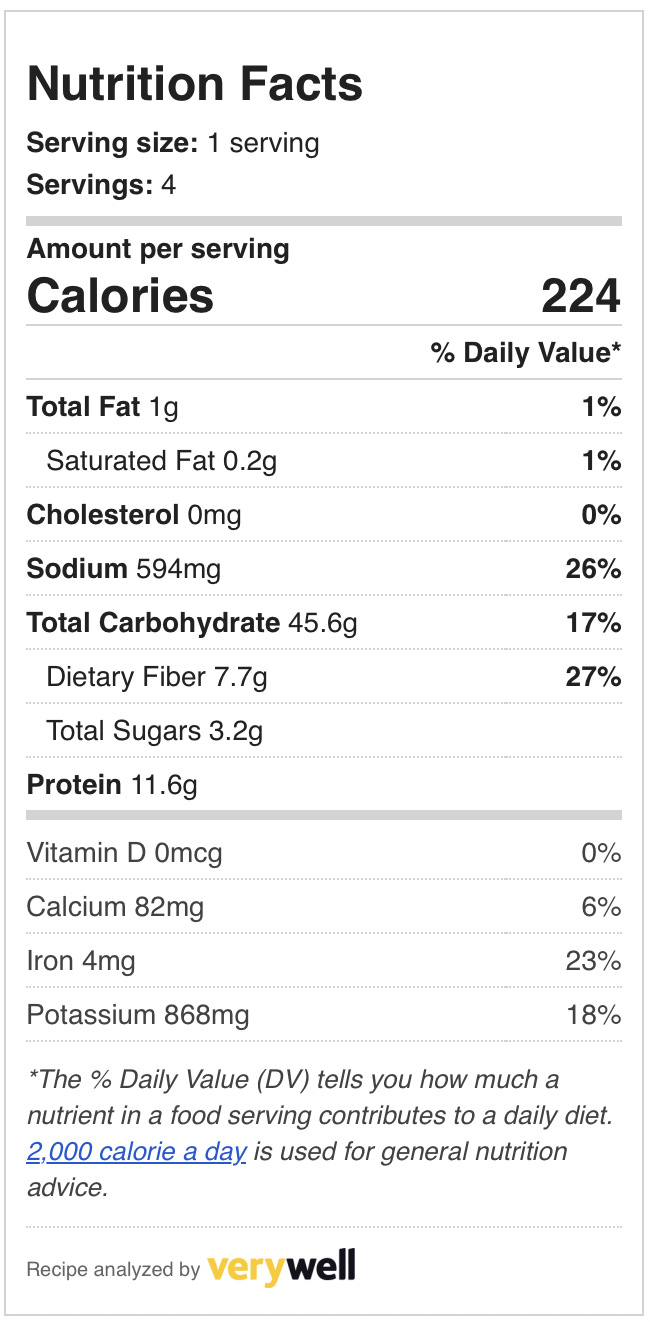You are What You Eat
/Tempeh with quinoa, bulgur, purple cabbage and greens
The idea that gut health is essential for overall health is not new. Almost 2500 years ago, Hippocrates said that ‘all disease begins in the gut’, and he wasn’t far from the truth.
Good diet is one of the pillars of good health; if we eat well we will nourish our bodies with all the micro and macro nutrients, all systems will function well, and our gut will be healthy. Plenty of research studies found links between poor gut health and mental health disorders as well as autoimmune, neurological, endocrine, gastrointestinal and cardiovascular disorders, cancer and obesity. Gut health mainly depends on your gut microbiota, the community of trillions of microorganisms living in the gastrointestinal tract. You get your gut microbiota at birth, but later in life, it’s mainly influenced by what you eat, positively or negatively impacting your health.
Microbiota-Brain-Gut Axis
The human body is an intricate web of interconnected systems, and our homeostasis depends on all systems working well - the relationship between the gut and the brain is a testament to this. This intricate communication network, or the gut-brain axis, is vital to our health and well-being. Scientists have observed that different emotional states can affect our digestion since the 19th century. But, it also works the other way around; the gut sends signals to the brain, influencing your mood, emotions, and cognitive functions. Over the past two decades, however, there has been a growing recognition that the microbiota plays a critical role in the gut-brain function.
The microbiota-gut-brain axis refers to the bidirectional communication system between the gut microbiota, the gut, and the brain. This communication occurs through multiple pathways, including the immune system, the vagus nerve, and the enteric nervous system (often referred to as the ‘second brain’). Essentially, it means that the health and composition of the gut microbiota can influence brain function and vice versa. This axis has implications for a wide range of physiological processes, including digestion, mood regulation, cognition, and even behaviour.
Gut health for overall health
The influence of the gut on mental health has gained significant attention in recent years. Research has shown that the gut microbiota plays a crucial role in this connection. The gut microbiome produces neurotransmitters, such as serotonin and dopamine, essential for mood regulation. Any imbalance in the gut microbiome can potentially impact mental health, leading to conditions such as anxiety and depression. It has also been linked to autism.
Beyond mental health, the brain-gut connection is vital in regulating the immune system. The gut houses a significant portion of the body’s immune cells and is the first line of defence against pathogens entering the body through food. The communication between the gut and the immune system is intricate, with the gut microbiome playing a crucial role in modulating immune responses. Disruptions in the brain-gut-immune axis can lead to various health issues, including autoimmune diseases, allergies, and inflammatory conditions.
Emerging research suggests a potential link between the brain-gut connection and neurological disorders, including Alzheimer’s disease and Parkinson’s disease. Studies have shown that changes in the gut microbiota composition may contribute to the development and progression of these disorders. The bidirectional communication between the gut and the brain also implicates the gut in influencing neuroinflammation, a common feature in many neurological conditions.
These are just some of the well-researched positive correlations between poor gut health and disease; there are many more.
The good, the bad (and the ugly)
A healthy gut contains a diverse community of microorganisms, including both good and potentially harmful bacteria. It is the balance between these populations that’s crucial. When the balance is disrupted, it can lead to dysbiosis, where harmful bacteria overgrow, causing various health issues. Healthy microbiota contains many good bacteria essential in digestion, nutrient absorption, immune system function, and mental health. They help break down food, produce vitamins like B and K, and maintain the integrity of the intestinal lining. On the other hand, harmful bacteria can cause infections, inflammation, and digestive disorders (gas, constipation, diarrhoea, heartburn, IBS), which can produce toxins and interfere with the balance of other microorganisms. Apart from digestive disorders, symptoms of possible overgrowth of harmful bacteria can include chronic fatigue, sleep issues, mood disorders such as anxiety or depression, skin rashes, sugar cravings, weight gain, allergies, high frequency of infections (common cold, for example) and so on.
Put in plain language, what you consume feeds either good or bad bacteria. You feed your bad gut bacteria with processed foods (due to additives, preservatives, saturated fat content etc), refined sugar, meat (especially red meat), dairy, foods containing antibiotics (such as most meat), fried foods and alcohol. In addition, foods you are intolerant to (and may not know) can damage your gut health. In addition, unhealthy lifestyles such as lack of exercise, poor sleeping habits, smoking and stress can all cause bad gut microorganisms to flourish.
Foods for a healthy gut
Prebiotic and probiotic food promote the growth and activity of beneficial bacteria in the digestive system and a healthy gut. Prebiotics are non-digestible fibres found in many plant-based foods. Common sources of prebiotics include certain fruits, vegetables, whole grains, and legumes. Jerusalem artichokes, garlic, leeks, and onions are the most prebiotic-dense foods, but they can be found in many plant-based foods such as bananas, avocado, asparagus, oats, barley, cacao, mushrooms, beans, etc. Eating a diverse, plant-based diet means you don’t need to worry about prebiotics.
Probiotics are live microorganisms, typically bacteria or yeasts. They can be found in fermented foods such as tempeh, kimchi, sauerkraut, miso paste, pickled veggies, and sourdough bread, as well as drinks such as kombucha and water-based kefir. You can also take probiotic supplements, of course, but if you consume one of these foods daily, there is no need for supplements. In periods of increased mental, emotional or physical stress, when I don’t sleep so well, or when I travel, I might take probiotic supplements or simply increase the foods and drinks containing them.
You are what you eat
Eating well is one of the pillars of good health and well-being. Plenty of research shows that a plant-based diet is superior to other diets concerning healthier gut microbiota that can help us stay healthy or even heal. But for me, ‘you are what you eat’ extends further than a healthy gut. By avoiding foods that can not only harm my body but, perhaps more importantly, the environment and innocent beings, I choose more than just health. You are what you eat not only because your food choices can make you healthier and happier but also because they can make you a more compassionate, kind and aware human being.
References:
Beam, A., Clinger, E. and Hao, L. (2021) ‘Effect of Diet and Dietary Components on the Composition of the Gut Microbiota’, Nutrients, 13(8), pp. 2795-. Available at: https://doi.org/10.3390/nu1308279
Gershon, M.D. and Margolis, K.G. (2021) ‘The gut, its microbiome, and the brain: connections and communications’, The Journal of clinical investigation, 131(18). Available at: https://doi.org/10.1172/jci143768.
Gulati, G. and Mulryan, D. (2021) ‘The Psychobiotic Revolution: Mood, Food and the New Science of the Gut-Brain Connection’ Edited by Scott C. Anderson John F. Cryan and Ted Dinan 320 pp. ISBN 9781426218460. National Geographic, Washington, DC, 2017’, Irish journal of psychological medicine, 38(3), pp. 240–240. Available at: https://doi.org/10.1017/ipm.2018.26.
Hou, K. et al. (2022) ‘Microbiota in health and diseases’, Signal transduction and targeted therapy, 7(1), pp. 135–135. Available at: https://doi.org/10.1038/s41392-022-00974-4.
Hyland, N. and Stanton, C. (eds) (2016) The gut-brain axis : dietary, probiotic, and prebiotic interventions on the microbiota. London: Academic Press.
Inchingolo, A.M. et al. (2023) ‘Interconnection between Microbiota-Gut-Brain Axis and Autism Spectrum Disorder Comparing Therapeutic Options: A Scoping Review’, Microorganisms (Basel), 11(6), pp. 1477-. Available at: https://doi.org/10.3390/microorganisms11061477.
Kassam S. et al. (2022) ‘Plant-Based Nutrition in Clinical Practice’ Hammersmith Health Books
Lee, Y. and Kim, Y.-K. (2021) ‘Understanding the Connection Between the Gut–Brain Axis and Stress/Anxiety Disorders’, Current psychiatry reports, 23(5), pp. 22–22. Available at: https://doi.org/10.1007/s11920-021-01235-x.
Liang, S., Wu, X. and Jin, F. (2018) ‘Gut-Brain Psychology: Rethinking Psychology From the Microbiota-Gut-Brain Axis’, Frontiers in integrative neuroscience, 12, pp. 33–33. Available at: https://doi.org/10.3389/fnint.2018.00033.
Sakkas, H. et al. (2020) ‘Nutritional Status and the Influence of the Vegan Diet on the Gut Microbiota and Human Health’, Medicina (Kaunas, Lithuania), 56(2), pp. 88-. Available at: https://doi.org/10.3390/medicina56020088.
Tomova, A. et al. (2019) ‘The Effects of Vegetarian and Vegan Diets on Gut Microbiota’, Frontiers in nutrition (Lausanne), 6, pp. 47–47. Available at: https://doi.org/10.3389/fnut.2019.00047.
Wekerle, H. (2016) ‘The gut-brain connection: triggering of brain autoimmune disease by commensal gut bacteria’, Rheumatology (Oxford, England), 55(suppl 2), pp. ii68–ii75. Available at: https://doi.org/10.1093/rheumatology/kew353.



















